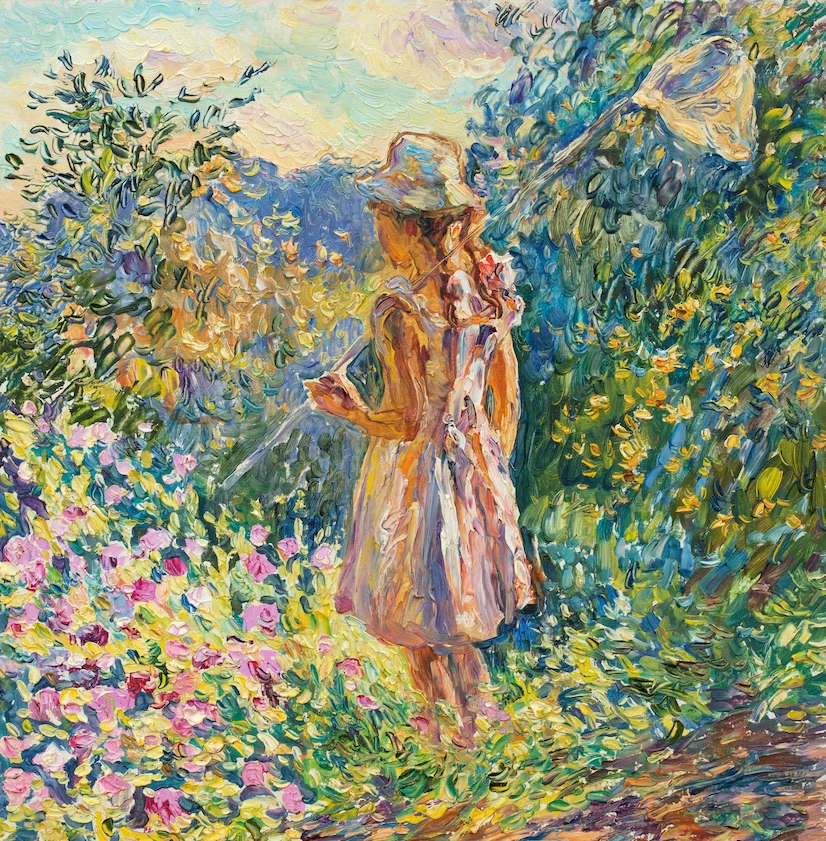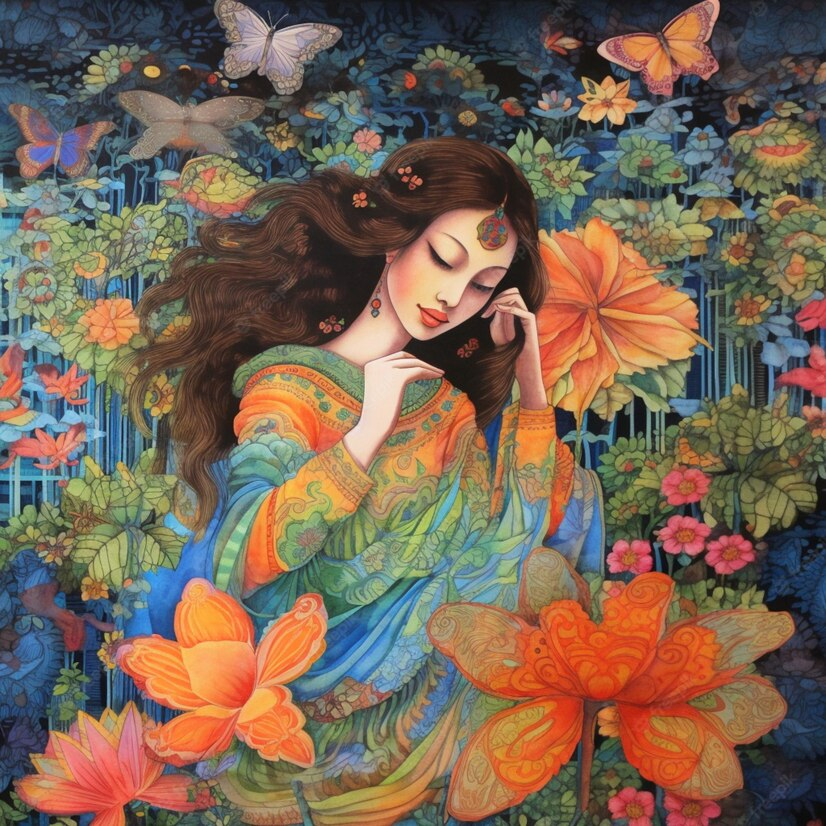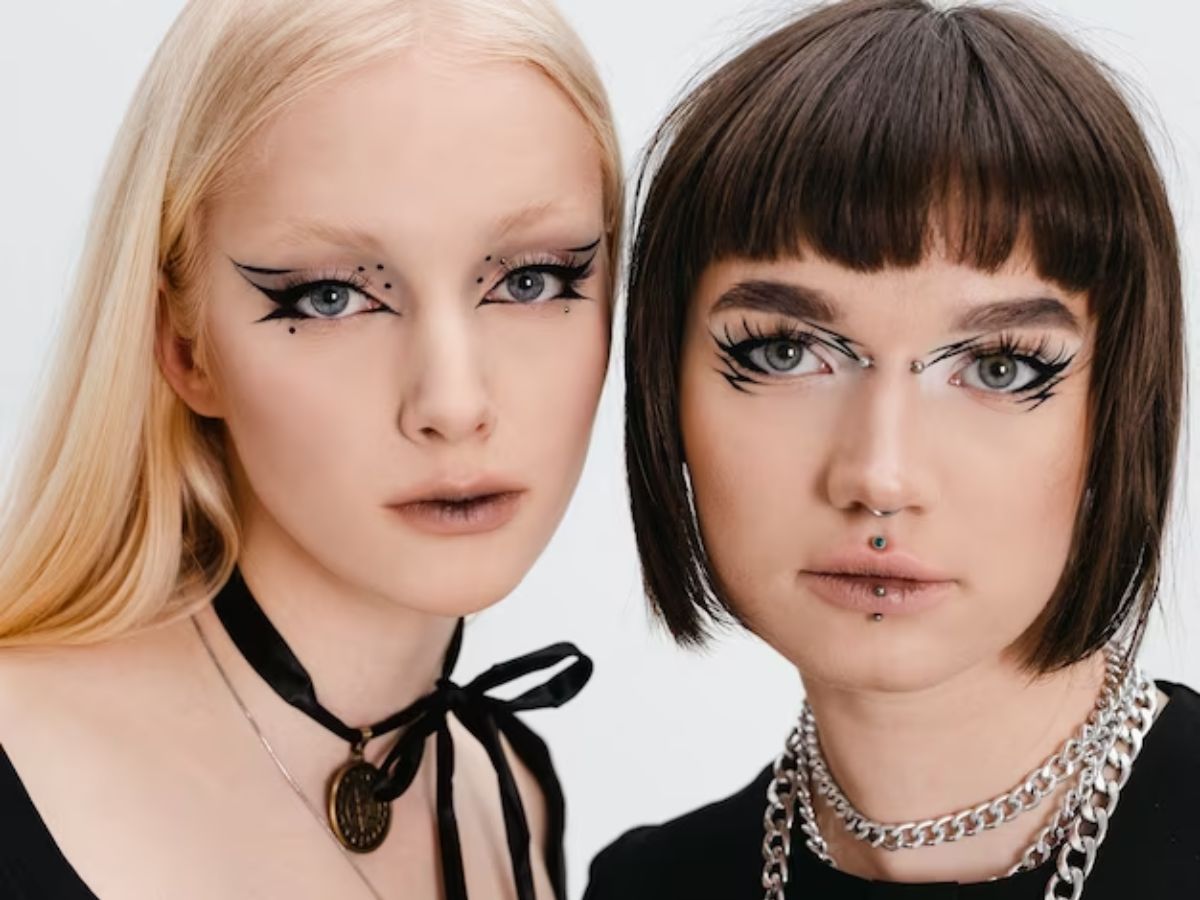Figurative painting, a rich and varied genre, provides a window into the human experience. This art form, which represents the world through the depiction of human figures, has a history as rich as humanity itself. It communicates emotions, societal norms, and narratives, offering insights into different periods of history and diverse cultures. Let’s embark on an exploration of figurative painting, understanding its history, techniques, influential artists, and its current standing in the contemporary art scene.

History of Figurative Painting
The human figure has always been a central subject in art, capturing the imagination and skills of artists for millennia.
Prehistoric Times: Cave paintings, such as those in Lascaux, France, depict human figures engaging in hunting and dancing, providing a glimpse into early human society.
Ancient Civilizations: The Egyptians, Greeks, and Romans produced countless sculptures, murals, and frescoes emphasizing the human form, often showcasing idealized versions of their gods and heroes.
Renaissance: The rebirth of art and culture during the Renaissance brought about a renewed interest in the human figure. Artists like Leonardo da Vinci and Michelangelo studied anatomy to produce more lifelike representations.
Modern Era: The 19th and 20th centuries saw a shift in style, with artists like Picasso and Matisse exploring more abstract, fragmented, and expressive representations of the human form.
Techniques in Figurative Painting

1. Observation: Drawing from life, whether from a model or public observation, provides a strong foundation. Understanding human anatomy and proportions is essential.
2. Composition: Deciding on a pose, environment, and the interaction of the figure with its surroundings is crucial.
3. Use of Color: Skin tones can vary greatly. Layering and blending different hues will help in achieving the desired effect. The light source also plays a pivotal role in defining the shades.
4. Expressiveness: The power of figurative painting lies in its ability to convey emotions. Whether through the eyes, posture, or environment, a story is being told.
Influential Figurative Painters
- Rembrandt: Known for his exceptional play with light and shadow, Rembrandt’s portraits are deeply expressive, capturing the soul of the subject.
- Lucian Freud: A 20th-century painter known for his thick impasto technique and raw, unfiltered depiction of the human body.
- Jenny Saville: Contemporary British painter celebrated for her large-scale, fleshy, and raw portraits, pushing boundaries on conventional beauty standards.
Figurative Painting in the Modern World

With the rise of abstract art and digital media, where does figurative painting stand?
It remains a profound medium to discuss identity, culture, and the human experience. Many contemporary artists, like Kehinde Wiley or Jordan Casteel, use the human figure to address issues of race, gender, and society. With the shifting paradigms of the 21st century, figurative painting is more relevant than ever, offering a canvas to celebrate diversity, challenge stereotypes, and share individual narratives.
Frequently Asked Questions about Figurative Painting
Q: What differentiates figurative painting from portrait painting?
A: While both focus on the human form, figurative painting captures the body in its entirety, emphasizing posture and movement. Portraits typically focus on the face and perhaps the upper body, aiming to depict the likeness and personality of the subject.
Q: Is figurative painting the same as representational art?
A: Figurative painting is a subset of representational art. While representational art encompasses all artwork that represents something recognizable (like landscapes or objects), figurative specifically refers to the representation of the human figure.
Q: How is figurative painting different from abstract art?
A: Abstract art doesn’t aim to represent a visual reality, but instead uses shapes, colors, and forms to achieve its effect. Figurative painting, on the other hand, depicts the human figure in a more recognizable form, even if it’s stylized or exaggerated.
Q: Are there modern digital techniques in figurative painting?
A: Yes, many contemporary artists use digital mediums like tablets and styluses to create digital figurative paintings. These tools offer new techniques and effects, expanding the horizons of the traditional art form.
Q: Why is anatomy important in figurative painting?
A: A strong understanding of anatomy ensures accuracy and believability in depicting the human form. It allows artists to capture movement, tension, and emotion effectively.
In Conclusion
Figurative painting is more than just a depiction of the human body. It’s a mirror reflecting society, its values, challenges, and aspirations. From the earliest cave drawings to contemporary art galleries, the human figure remains a universal subject, conveying stories that resonate across time and cultures. As we continue to evolve, figurative painting remains a testament to our shared humanity, capturing the essence of what it means to be human.







































